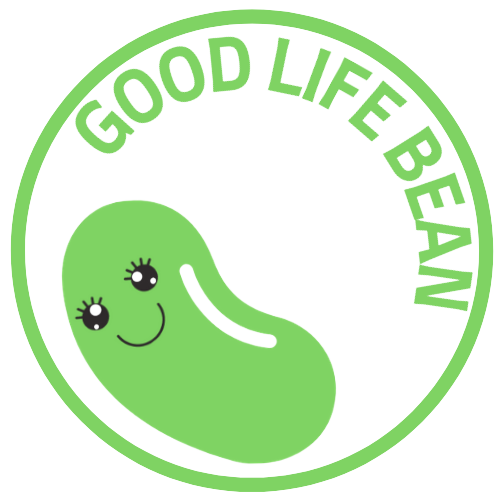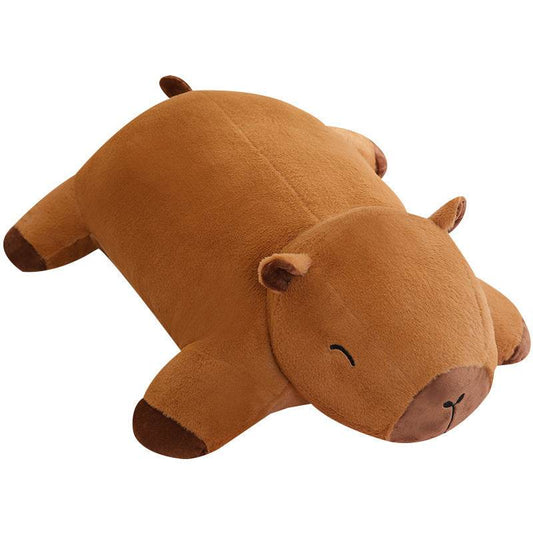Talking Points
- Why Stuffed Animals Can Be Powerful in Grief – Emotional anchoring, physical comfort, and symbolic connection.
- Real Stories of Healing – People who found peace and routine through hugging plushies after a loss.
- Science Behind Comfort Objects – Research on tactile therapy, oxytocin release, and stress reduction.
- Stuffed Animals Aren’t Just for Kids – Why adults turn to plushies during emotionally difficult times.
- Types of Plush Toys for Grief Support – Weighted plushies, memory bears, oversized huggable animals.
- Incorporating Plushies into Memorial Rituals
- How to Gift a Stuffed Animal to Someone Grieving
When Comfort Comes in the Shape of a Teddy Bear
Grief is often described as a wave — unpredictable, crashing in without warning. For many, the support of friends and family helps navigate those waters. But sometimes, comfort comes from the unlikeliest of places: a stuffed animal.
A soft, silent plushie might seem trivial compared to professional counseling or human connection, but grief isn’t logical. It’s about finding what soothes you in your darkest moments. For some, hugging a plush toy isn’t just a nostalgic habit — it’s a lifeline.
The Psychology of Plush Comfort: Why It Works
Before we dive into the stories, let’s understand why stuffed animals can be so healing.
1. Tactile Soothing and the Brain
Touch is a primal need. The sensation of softness can activate the parasympathetic nervous system, lowering heart rate and calming the body. Hugging a plushie creates a sense of safety, similar to being embraced by a loved one.
2. Attachment Objects and Emotional Security
In psychology, these are called “transitional objects.” They bridge emotional gaps during stressful times — a concept often discussed in child development, but equally relevant for adults coping with loss.
3. Symbolic Connection to the Lost Person
Some people gift themselves or are gifted a plush in memory of their loved one. It becomes a tangible representation of that connection, something to hold when memories feel intangible.
The Role of Stuffed Animals in Modern Grief Therapy
While not a replacement for therapy, plush companions are increasingly being recognized as adjunct tools in grief counseling.
- Hospitals and hospices sometimes provide plush toys to grieving families.
- Trauma therapists use weighted plush animals to help patients feel grounded.
- Memory bears (plush toys made from a loved one’s clothing) are becoming popular keepsakes.
Weighted Plushies: More Than Just Soft
Weighted stuffed animals deserve a special mention here. They combine the comfort of plush with the deep pressure stimulation used in occupational therapy. The gentle weight mimics a hug, triggering the release of serotonin and dopamine — the “feel-good” chemicals that counteract stress.
The Science-Backed Benefits of Plush Companionship in Grief
- Reduces Anxiety – Physical comfort helps ease emotional pain.
- Improves Sleep – Hugging a plush can reduce nighttime restlessness.
- Encourages Emotional Expression – Talking “to” the plush can act as a safe outlet for feelings.
- Helps Build a Routine – Having a small, comforting ritual like hugging a plush at night gives structure during chaotic times.
Choosing the Right Plush Companion
When selecting a plush for grief support, consider:
- Texture: Soft, velvety fabrics are most soothing.
- Size: Some prefer a palm-sized plush, others want a full-body hug from a giant teddy bear.
- Meaning: A plush shaped like a loved one’s favorite animal or made from their clothes can add emotional depth.
Cultural Perspectives: Plushies in Mourning Around the World
Different cultures have long used objects as grief companions:
- In Japan, plush mascots are sometimes placed in memorial spaces.
- In Mexico, Día de los Muertos altars often feature toys and objects loved by the deceased.
- In Western countries, teddy bears are commonly left at memorial sites after tragedies.
How to Incorporate Plush Companions into Your Healing Journey
- Create a Grief Corner: Place your plush alongside photos, candles, and letters.
- Use It in Mindfulness Practices: Hold the plush while meditating or deep breathing.
- Make It a Travel Companion: Bring it along when visiting places that were meaningful to your loved one.
- Combine It with Journaling: Write down memories while holding your plush to feel more connected.
When Plush Companions Might Not Help
Plushies can be comforting, but they aren’t a one-size-fits-all solution. If hugging a plush triggers more pain than comfort, it’s okay to set it aside. Grief is deeply personal — the goal is to find what feels right for you.
Real Stories: People Who Found Comfort in Plush Companions
1. Emily’s Story – The Bear That Kept Her Company
Emily, 34, lost her father suddenly. On the day of his funeral, a friend handed her a small, brown teddy bear. At first, she thought it was a strange gift — something meant for a child. But that night, when her bed felt too big and empty, she held it close. “It wasn’t my dad, but it gave me something to hold on to when the world felt like it was falling apart,” she says.
2. Jordan’s Story – A Plush Fox and a Promise
Jordan, 26, had been with his partner for five years before she passed away from an illness. She loved foxes, and after her passing, Jordan bought a soft, orange fox plushie. He named it after her. “It’s not about pretending she’s still here,” he explains. “It’s about keeping a piece of her with me, in a way that feels warm and safe.”
3. Lydia’s Story – A Goose Named George
Lydia’s grandmother always called her “my little goose.” When her grandmother passed, Lydia’s aunt gifted her a giant goose plushie. “Every night, I hug George and it’s like I’m back in my grandma’s kitchen, hearing her laugh,” she says. The plush became a bridge between past and present, keeping her grandmother’s memory alive.
Conclusion
Loss leaves a void nothing can truly fill. But a plush companion can soften the edges of that void. It’s not about replacing the person you lost — it’s about finding comfort in something tangible, something you can hold when the nights are long and your heart feels heavy.
As one grief counselor put it: “Healing isn’t always about moving on. Sometimes, it’s about finding small ways to keep love alive.”
Must-Reads
- Cute Stuffed Animals for Your GF
- How to Organize Your Plushies
- How to Wash, Clean, and Store Your Plushies
- Best Names for Bunny Plushies
TL;DR
Yes — stuffed animals can absolutely serve as grief companions. Beyond being “just toys,” they can act as emotional anchors, providing comfort, routine, and a physical reminder of love and safety. From widows hugging plush bears to keep their late partner close, to parents gifting stuffed toys in memory of a lost child, plushies have helped many people cope with loss in deeply personal ways.

















